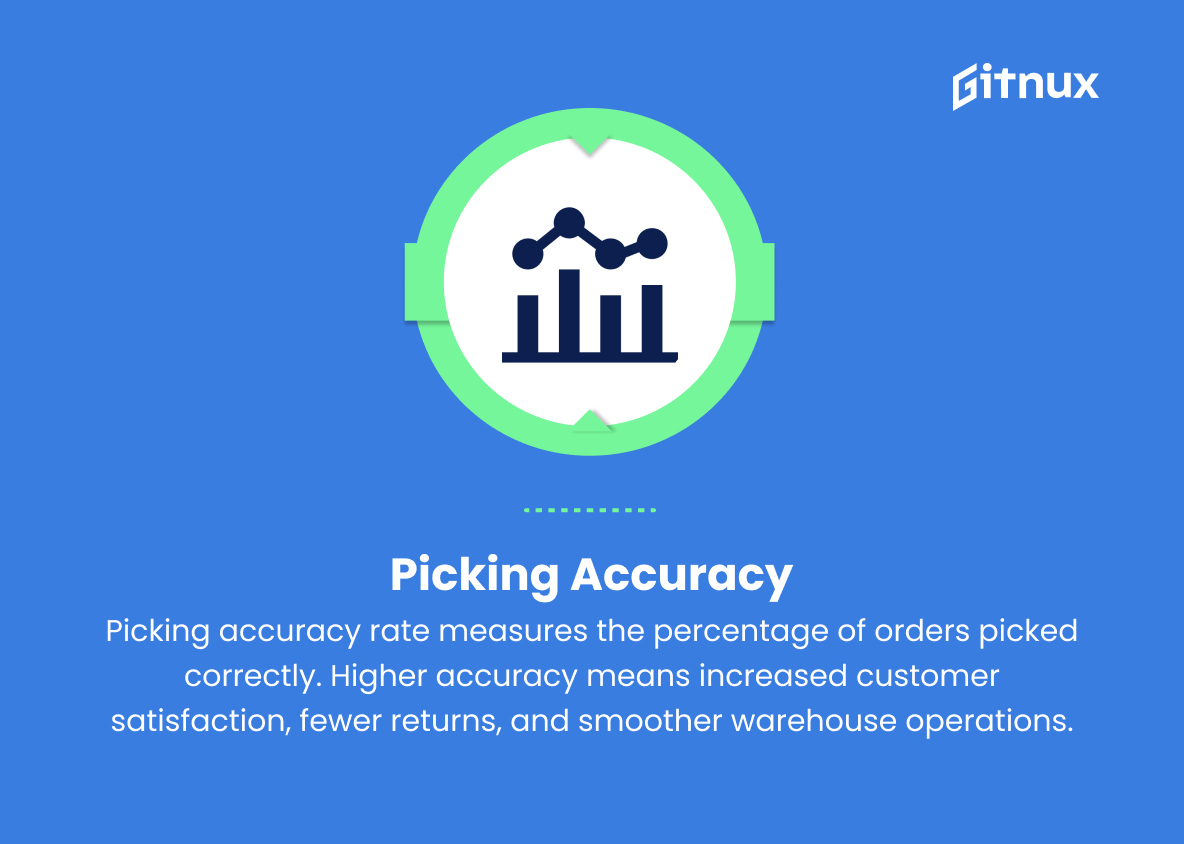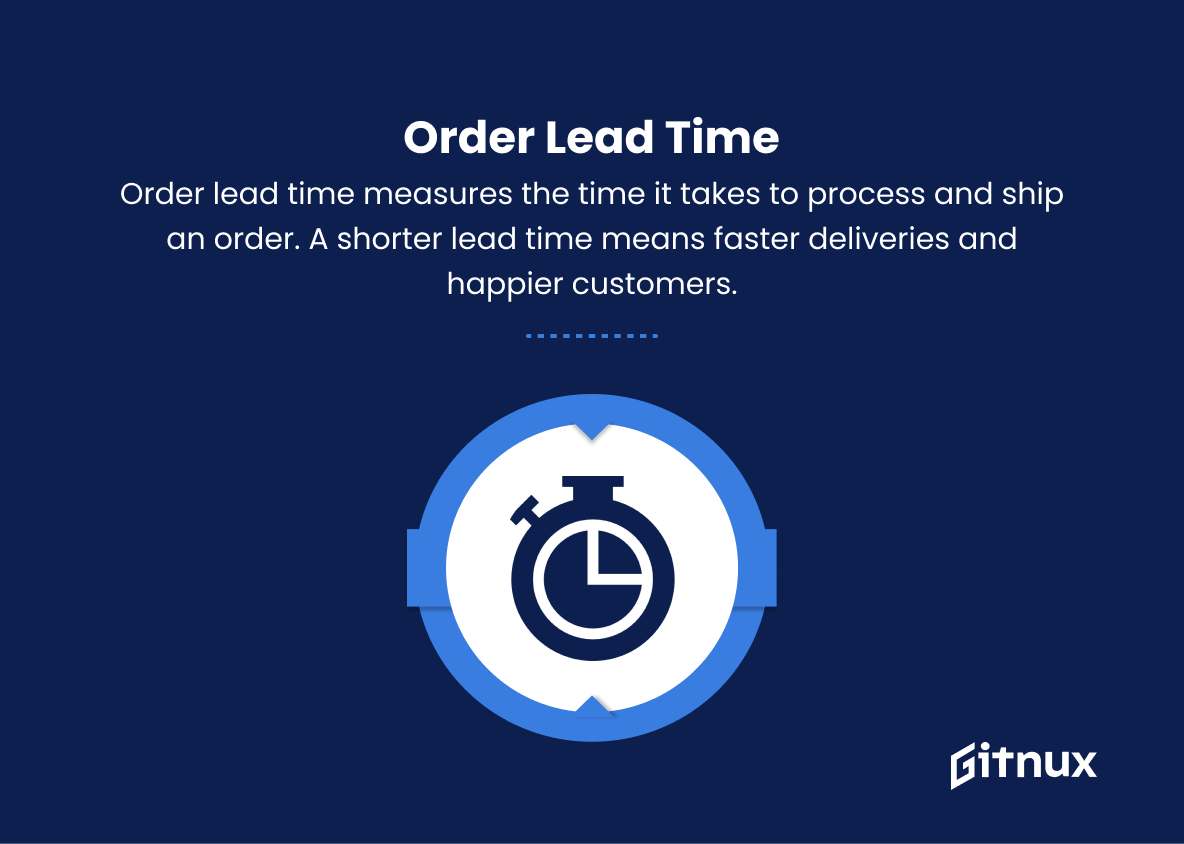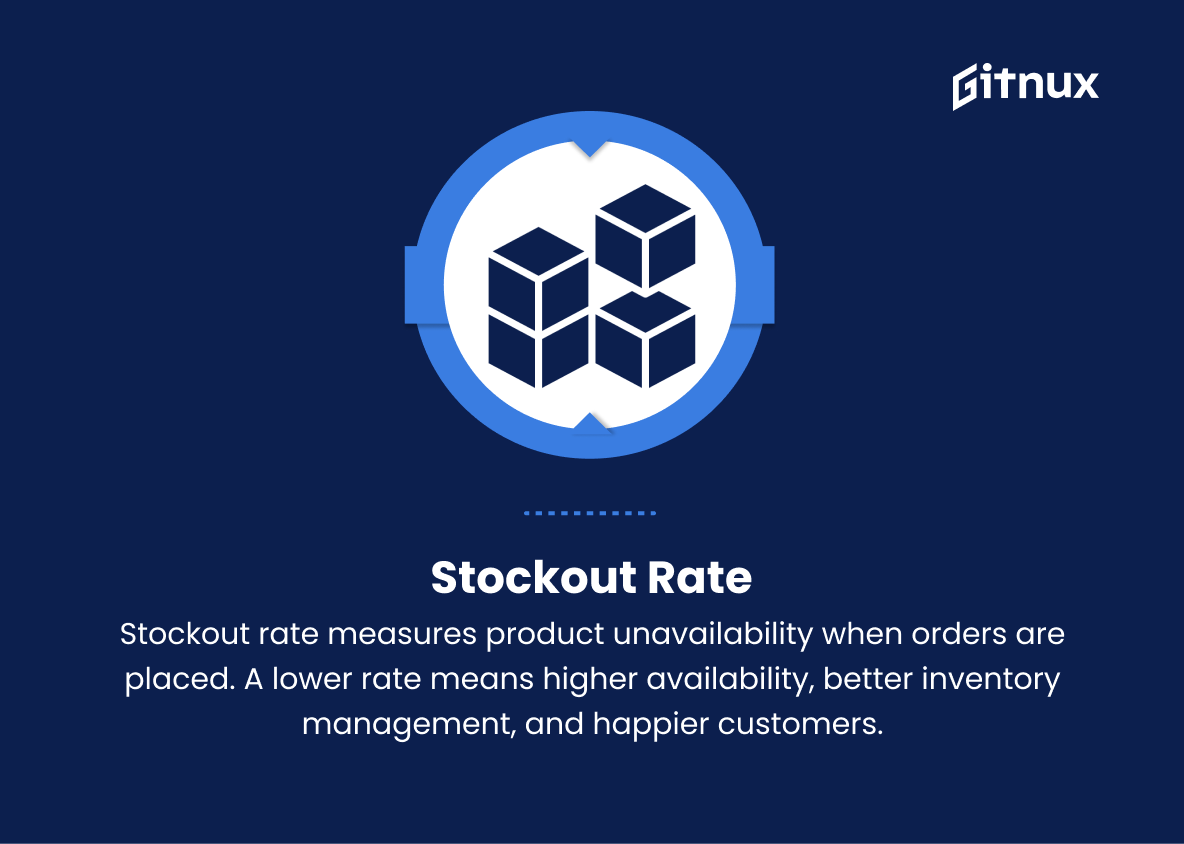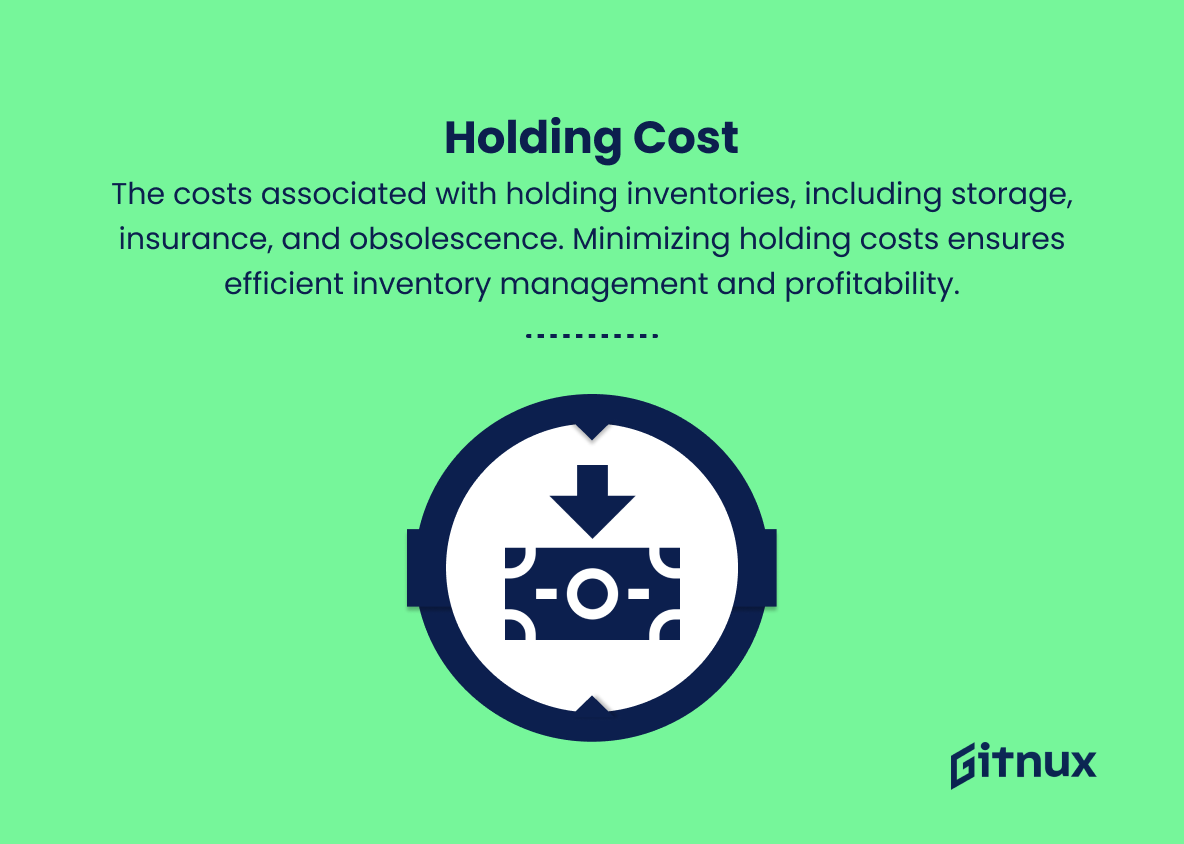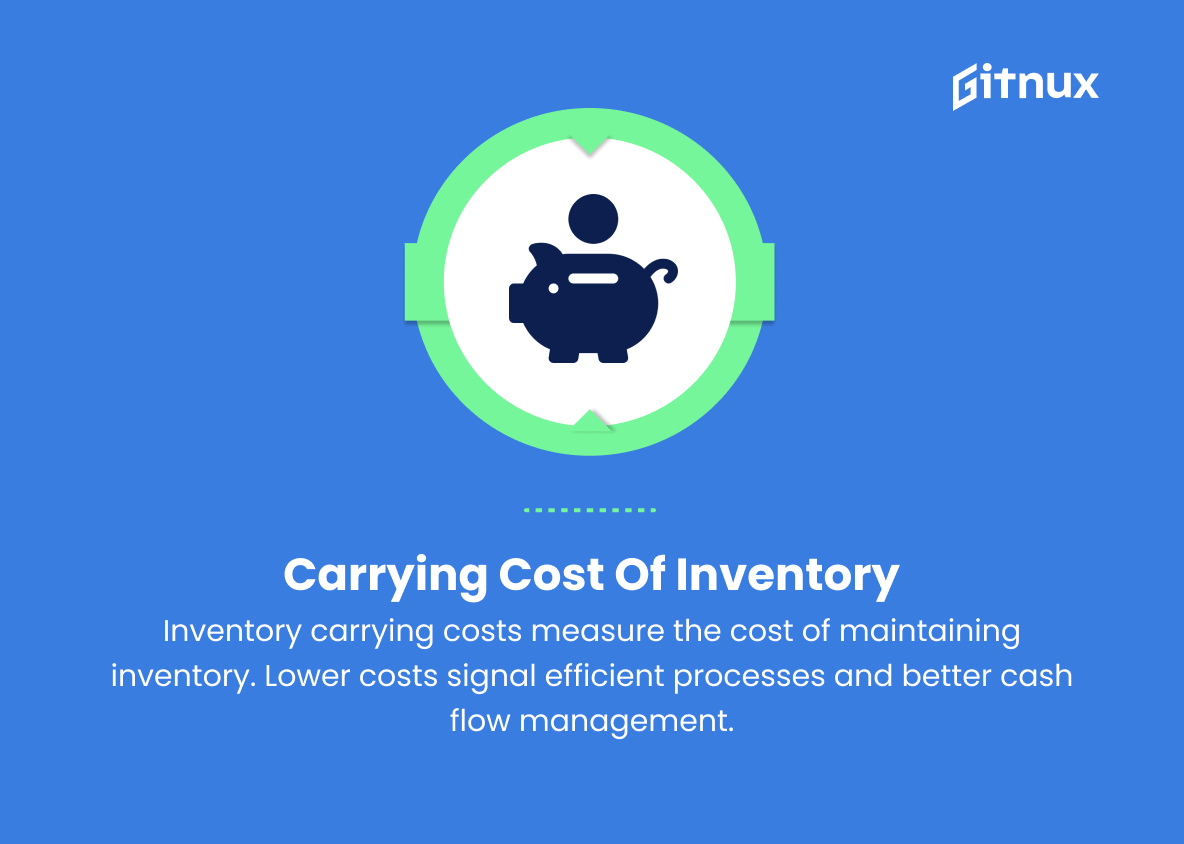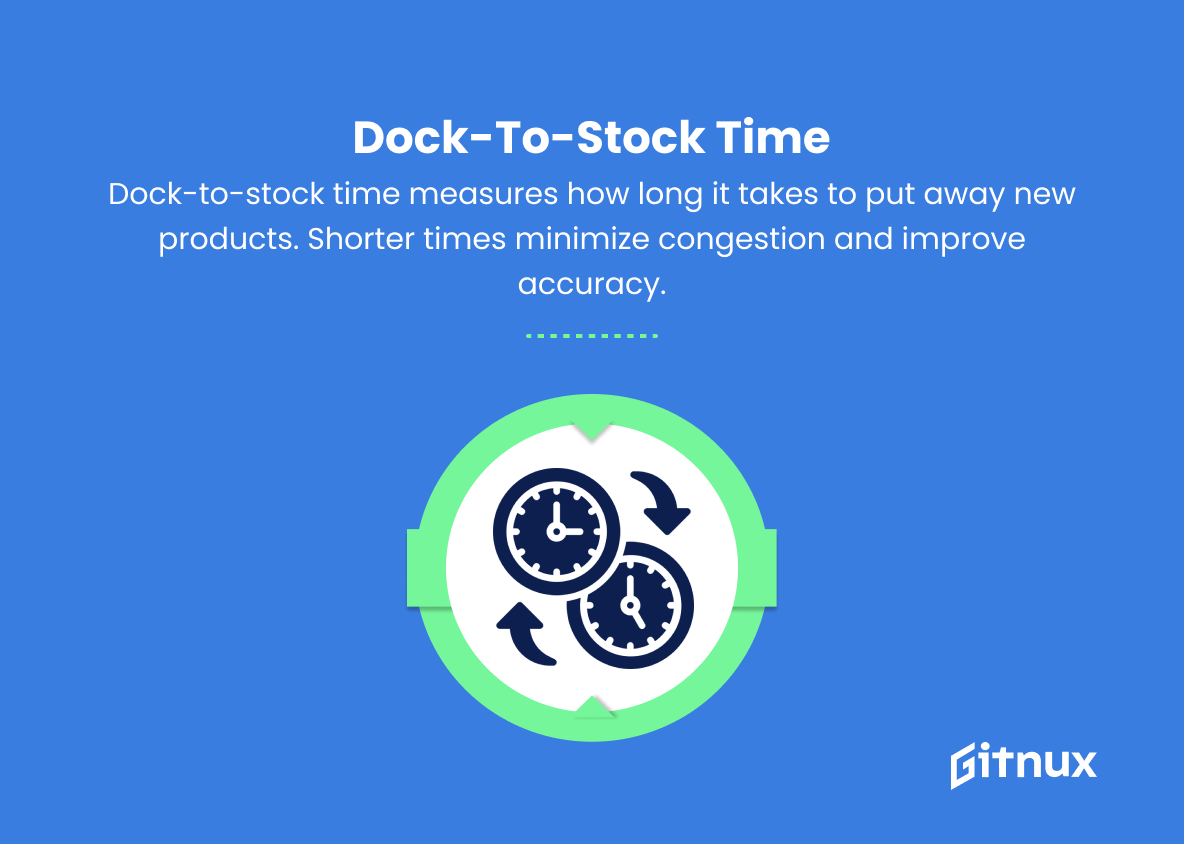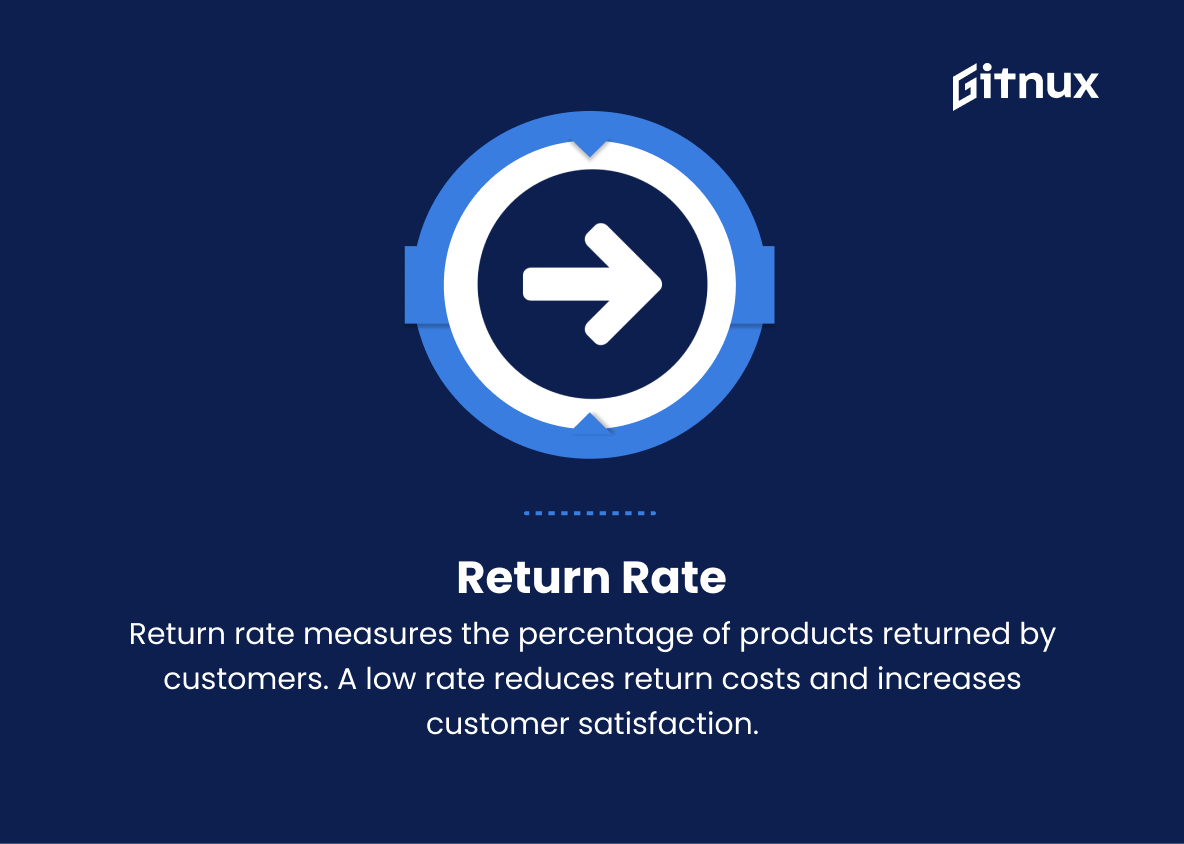In today’s fast-paced and increasingly competitive business environment, an organization’s success largely depends upon its ability to streamline operations and respond efficiently to customer demands. At the heart of this is the performance of the warehouse. Effectively managing a warehouse requires keen attention to detail and a thorough understanding of the key performance metrics that drive success. Warehouse Performance Metrics are essential for evaluating the efficiency and effectiveness of warehouse operations, fostering continuous improvement, and ultimately, boosting profitability.
In this blog post, we will delve into the critical world of Warehouse Performance Metrics, shedding light on their importance, the various types available, and how they can be strategically employed to optimize operations and enhance overall business performance. So, join us as we open the doors to the warehouse and unlock the power of data-driven decision-making for your organization.
Warehouse Performance Metrics You Should Know
1. Receiving efficiency
This metric measures the time it takes for the warehouse to process incoming shipments, from receipt to storage. It’s essential for keeping stock levels accurate and the warehouse floor organized.
2. Putaway time
The time taken from the moment the product arrives in the warehouse until it’s stored in its designated location. A lower putaway time means faster inventory availability and improved space utilization.
3. Picking accuracy
A measure of the percentage of orders picked correctly without errors. A higher picking accuracy rate ensures increased customer satisfaction, fewer returns, and smoother warehouse operations.
4. Order lead time
The time it takes to process an order, from the moment it’s received to the time it’s ready for shipment. A shorter lead time results in quicker order deliveries and increased customer satisfaction.
5. Order cycle time
This metric measures the time it takes for a customer’s order to be completed, from the moment it’s placed to the time it’s delivered. A shorter order cycle time promotes efficiency, competitiveness, and customer satisfaction.
6. Inventory turnover
The number of times a warehouse’s inventory is sold and replaced within a given period. A higher turnover rate implies efficient inventory management, better space utilization, and reduced storage costs.
7. Stockout rate
The percentage of times a product is unavailable when an order is placed. A lower stockout rate means higher product availability and better inventory management, which ultimately leads to increased customer satisfaction.
8. Holding cost
The costs associated with holding inventories, including storage, insurance, and obsolescence. Minimizing holding costs ensures efficient inventory management and profitability.
9. Carrying cost of inventory
The total cost of maintaining inventory, including storage, handling, insurance, and depreciation costs. Lower carrying costs signal efficient inventory processes and better cash flow management.
10. On-time shipping rate
The percentage of orders shipped on time as per the requested delivery date. A higher on-time shipping rate can lead to increased customer satisfaction, trust, and loyalty.
11. Average warehouse capacity utilization
This measures the percentage of the total warehouse storage space being used over a specific period. Higher capacity utilization means better use of warehouse space, while lower utilization may indicate a need for better space management.
12. Dock-to-stock time
The time taken for newly received products to be put away or moved from the receiving dock to their storage locations. A shorter dock-to-stock time can minimize warehouse congestion and improve inventory accuracy.
13. Return rate
The percentage of products returned by customers, often due to incorrect orders, damage, or defects. A low return rate contributes to a reduced cost of returns processing and higher customer satisfaction.
14. Labor productivity
A measure of the efficiency of warehouse workers, calculated by analyzing their productivity, workload, and the overall impact on warehouse performance. Higher labor productivity contributes to cost savings and increased operational efficiency.
Warehouse Performance Metrics Explained
Receiving efficiency, putaway time, picking accuracy, order lead time, order cycle time, inventory turnover, stockout rate, holding cost, carrying cost of inventory, on-time shipping rate, average warehouse capacity utilization, dock-to-stock time, return rate, and labor productivity are all crucial warehouse performance metrics that impact the overall effectiveness and efficiency of warehouse operations. These metrics play pivotal roles in ensuring accurate stock levels, efficient inventory management, better space utilization, reduced storage costs, and faster order deliveries.
They also have a direct impact on customer satisfaction, trust and loyalty, as high accuracy and on-time deliveries result in a seamless customer experience. Additionally, keeping track of holding and carrying costs can help identify areas to improve cash flow management, while monitoring labor productivity helps drive cost savings and increased operational efficiency. Overall, these metrics serve as valuable tools to continuously optimize warehouse performance and maintain a competitive edge in the market.
Conclusion
In conclusion, warehouse performance metrics play an indispensable role in ensuring a smooth, efficient, and cost-effective warehouse operation. By monitoring vital indicators such as order cycle time, inventory accuracy, carrying costs, order picking accuracy, and warehouse capacity utilization, businesses can gain invaluable insights to optimize their processes, eliminate inefficiencies, and ultimately, deliver improved customer satisfaction.
Regularly evaluating these metrics allows warehouse managers to make data-driven decisions, identifying areas of improvement, and adapting strategies to adapt to market changes. As a result, companies that prioritize the implementation and assessment of these metrics will ensure a more streamlined, agile, and profitable supply chain, positioning themselves as industry leaders in the era of e-commerce and increasing customer expectations.


